Door Exit Push Button
KSh 350.00
door exit push buttons are a valuable and versatile component of door access control systems. They provide a simple, convenient, and cost-effective way to allow users to exit doors without the need for keys or other access control methods.
Categories: Security, Security accessories
Door Exit Push Button
Door Exit Push Button is a common component used in access control systems to allow individuals to unlock and exit through a door from the inside of a secured area.
These push buttons are typically installed near the door on the inside of a building or room and are used in conjunction with electronic door locks, such as magnetic locks or electric strike locks.
Door Exit Push Button features:
- Operation:
- Normally Open (NO) / Normally Closed (NC) Contacts: The button contains electrical contacts that change state when pressed.
- NO (Normally Open): Contacts are open (circuit is broken) when the button is at rest and close (circuit is made) when pressed. Often used to activate a lock release.
- NC (Normally Closed): Contacts are closed (circuit is made) when the button is at rest and open (circuit is broken) when pressed. Less common for exit buttons, but sometimes used for alarm circuits.
- COM (Common): The common terminal for both NO and NC connections.
- Momentary Action: Most exit buttons are momentary, meaning the circuit is active only while the button is physically depressed. Once released, the button returns to its original state, and the lock re-engages (unless configured otherwise by the access control system).
- Latching/Maintained (Less Common for Exit): Some specialized buttons can stay in their activated state until pressed again. Rarely used for primary exit functions due to safety implications (e.g., if a lock remains unlocked inadvertently).
- Normally Open (NO) / Normally Closed (NC) Contacts: The button contains electrical contacts that change state when pressed.
- Design and Construction:
- Housing Materials: Commonly made from durable materials suitable for frequent use and varying environments:
- Stainless Steel (Brushed/Polished): Highly durable, corrosion-resistant, and aesthetically pleasing, often used in commercial or public buildings.
- Aluminum (Anodized): Lightweight, strong, and available in various finishes.
- Plastic (ABS/Polycarbonate): More cost-effective, often used for internal applications or where a lighter touch is desired.
- Button Type:
- Push Button (Tactile): The most common type, providing a clear physical click or depression.
- Touch/Capacitive: Activated by touch without mechanical movement, offering high durability as there are no moving parts. Often backlit.
- No Touch/Wave-to-Open (IR Sensor): Activated by waving a hand within a certain proximity, ideal for sterile environments, accessibility, or high-traffic areas to minimize contact.
- Faceplate Size and Shape: Available in various sizes (e.g., single-gang, slimline) and shapes (rectangular, square) to fit different electrical box types or aesthetic preferences.
- Housing Materials: Commonly made from durable materials suitable for frequent use and varying environments:
- Visual Indicators and Text:
- Text/Icons: Clearly labeled with “EXIT,” “PUSH TO EXIT,” a door icon, or a combination, ensuring intuitive operation. Multi-language options may be available.
- LED Indicators: Many buttons include an LED (often green, blue, or red) that illuminates to indicate power, activated status, or system status, providing visual feedback to the user.
- Backlighting: The entire button or its text/icon may be backlit for visibility in low-light conditions.
- Wiring and Installation:
- Terminals: Typically feature screw terminals for secure wire connections.
- Mounting: Designed for flush mounting into standard electrical back boxes (e.g., single-gang, double-gang) or surface mounting with an optional back box.
- Operating Voltage: Most are low voltage (e.g., 12V DC or 24V DC), compatible with standard access control power supplies.
- Environmental Considerations:
- Indoor vs. Outdoor: Some buttons are rated for indoor use only, while others have higher IP ratings (e.g., IP65, IP66) for dust and water resistance, making them suitable for outdoor or harsh environments.
- Temperature Range: Designed to operate reliably across a specified temperature range.
Be the first to review “Door Exit Push Button” Cancel reply
Related products
Security
KSh 45,000.00
KSh 20,000.00
Sale!
KSh 40,000.00
KSh 50,000.00
intruder alarm
KSh 45,000.00
Sale!
intruder alarm
KSh 20,000.00


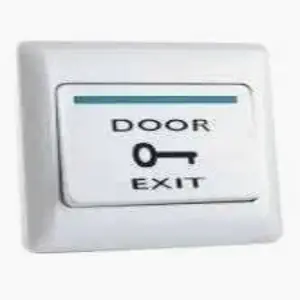



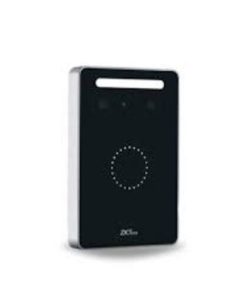
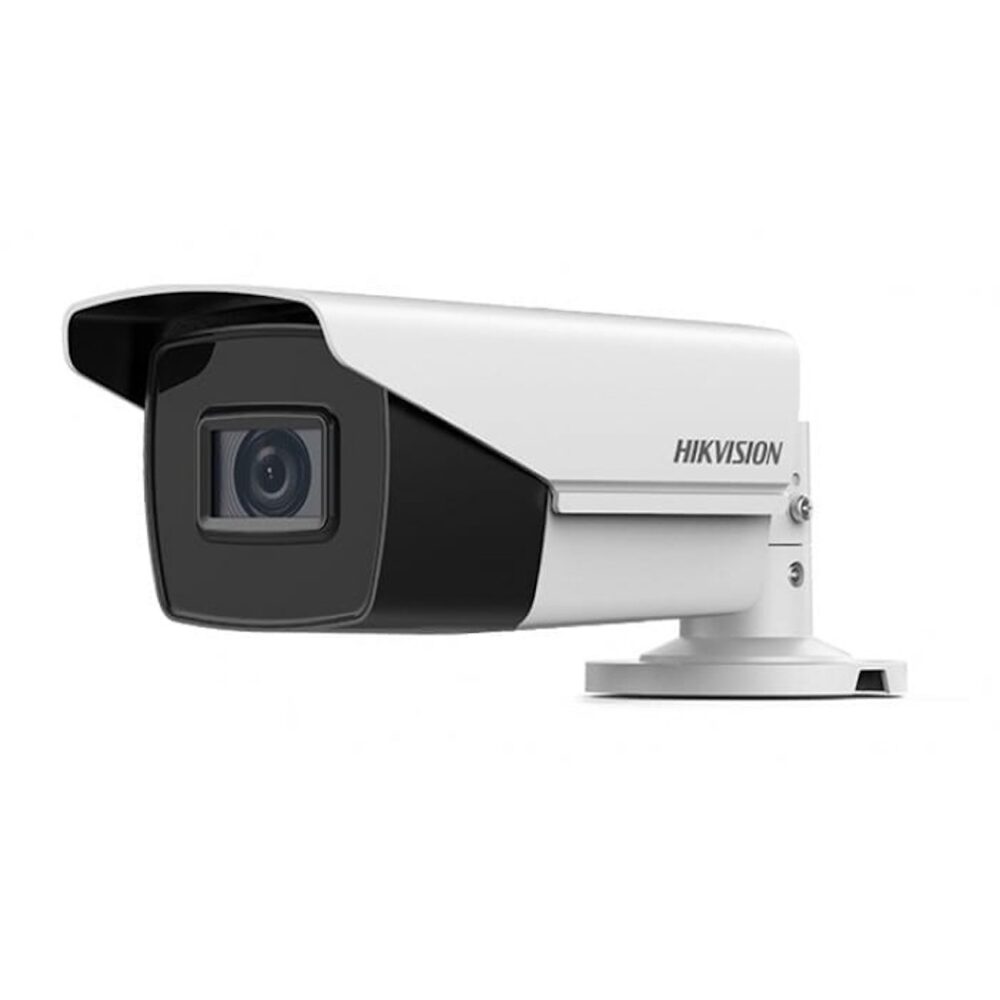
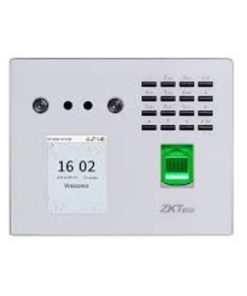
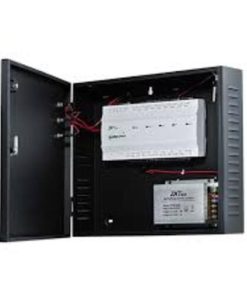
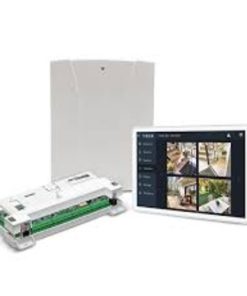
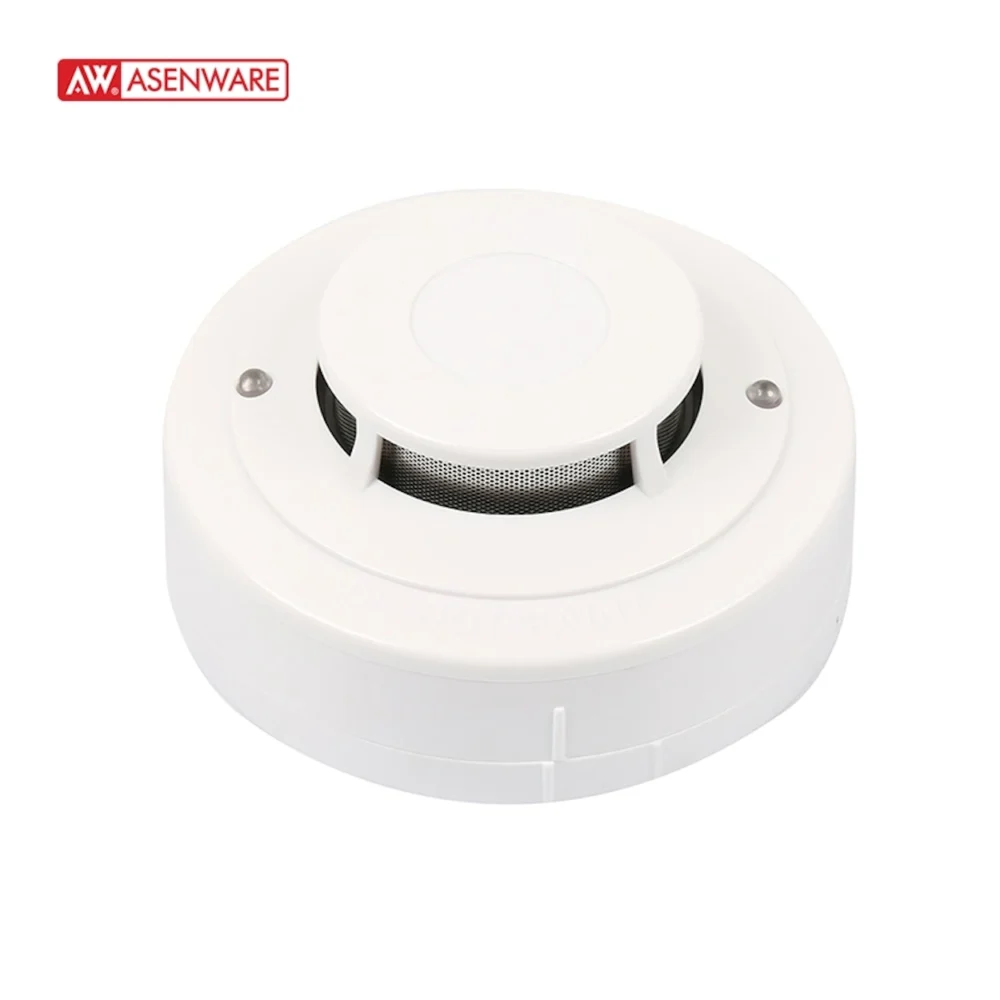
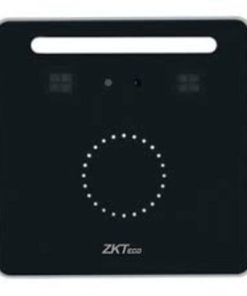
Reviews
There are no reviews yet.